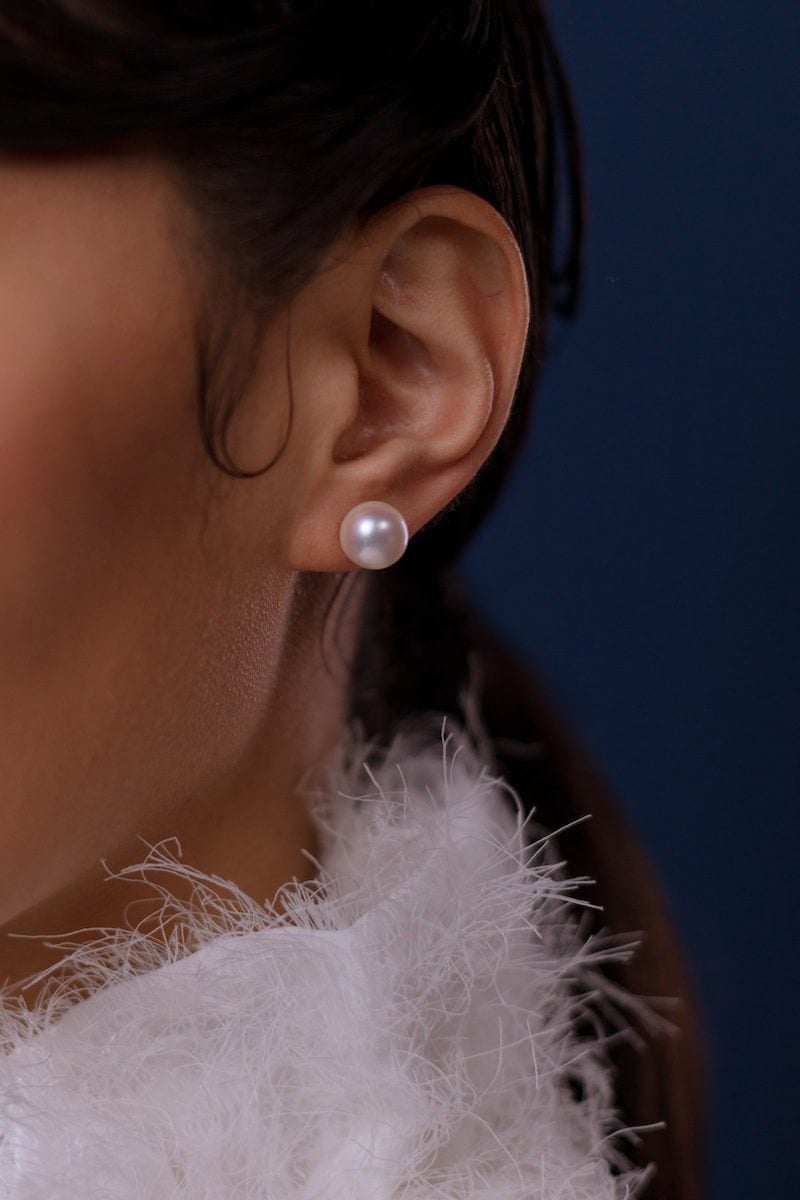
Earwax, also known as cerumen, is a natural substance produced by the glands in the ear canal to protect the sensitive skin and prevent it from drying out. While earwax serves a crucial purpose, an excess build-up can cause discomfort and even affect hearing. To address this issue, various technological advancements have been made in manual instrument ear wax removal techniques. In this article, we will explore the latest innovations and tools that make the process safer, more efficient, and more comfortable for individuals seeking relief from earwax blockage.
Excessive accumulation of earwax can lead to various symptoms and consequences that affect our overall ear health. It is essential to address this issue promptly to prevent further complications. Manual instrument ear wax removal, performed by trained professionals, is a commonly preferred method to clear earwax blockage effectively.
When earwax builds up, it can cause discomfort and impact our ability to hear properly. Some common symptoms associated with earwax build-up include earache, dizziness, hearing loss, tinnitus (ringing in the ears), and even ear infections. By understanding the consequences of earwax blockage, individuals can recognize the importance of seeking appropriate treatment.
While traditional methods of earwax removal have been used for many years, they come with certain limitations that may not provide the most effective and safe results.
Ear Syringing: Ear syringing involves flushing warm water into the ear canal to dislodge the wax. While this method can be effective in some cases, it has its limitations. Ear syringing can be uncomfortable, and if not performed correctly, it may pose a risk of injury to the ear canal or eardrum. Additionally, ear syringing may not be suitable for individuals with certain ear conditions or a history of ear surgeries.
Ear Candling: Despite its popularity in some circles, ear candling is not recommended by medical professionals. This method involves placing a hollow candle-like device in the ear canal and lighting it, with the belief that it creates a vacuum to draw out the earwax. However, studies have demonstrated that this method is ineffective and can even cause injury, such as burns or perforated eardrums. It is crucial to avoid ear candling and opt for safer and more reliable techniques.
Fortunately, advancements in manual instrument ear wax removal techniques have provided safer and more efficient options for individuals seeking relief from earwax blockage. Let’s explore some of the latest innovations:
While these technological advancements have undoubtedly improved the safety and efficacy of manual instrument ear wax removal, it is crucial to seek the assistance of trained professionals. Only qualified audiologists, otolaryngologists (ENT specialists), or certified ear care practitioners should perform these procedures. Their expertise and knowledge ensure that the removal process is conducted correctly, minimizing the risk of complications.
Professional expertise is essential to ensure a safe and successful procedure. Trained professionals have the necessary skills and experience to use these advanced techniques effectively. They can assess the individual’s ear condition, choose the most suitable method, and perform the procedure with precision and care.
In conclusion, the latest technological advances in manual instrument ear wax removal techniques have significantly improved the patient experience by enhancing safety, precision, and efficiency. With methods such as microsuction, endoscopic ear wax removal, and otoendoscopy, individuals can now find relief from earwax blockage with minimal discomfort and optimal results. By prioritizing professional expertise, we can ensure a safe and successful procedure, promoting healthy ear care for all.
Q1: What are the consequences of excessive earwax build-up?
A1: Excessive earwax build-up can cause discomfort and various symptoms such as earache, dizziness, hearing loss, tinnitus, and ear infections.
Q2: What are the limitations of traditional methods of earwax removal?
A2: Traditional methods like ear syringing can be uncomfortable and pose a risk of injury to the ear canal or eardrum. Ear candling is ineffective and can cause burns or perforated eardrums.
Q3: What is microsuction and what are its advantages?
A3: Microsuction is a manual instrument ear wax removal technique that uses low-pressure suction to remove earwax. Its advantages include safety, precision, efficiency, and minimal discomfort.
Q4: What is otoendoscopy and what are its benefits?
A4: Otoendoscopy is an advanced technique that uses a smaller, more comfortable endoscope for ear wax removal. Its benefits include patient comfort, improved maneuverability, and real-time visualization for optimal results.
On many occasions after providing a full hearing assessment I get asked the question “can…
Microsuction is a safe and effective method for removing earwax and debris from the ear…
Ear wax, also known as cerumen, is a substance that is naturally produced by our…
Ear wax, or cerumen, is a natural substance produced by the ear canal to protect…
Cleaning our ears is an important part of our personal hygiene routine. It not only…
Earwax, also known as cerumen, is a natural substance produced by the ear canal to…
This website uses cookies.